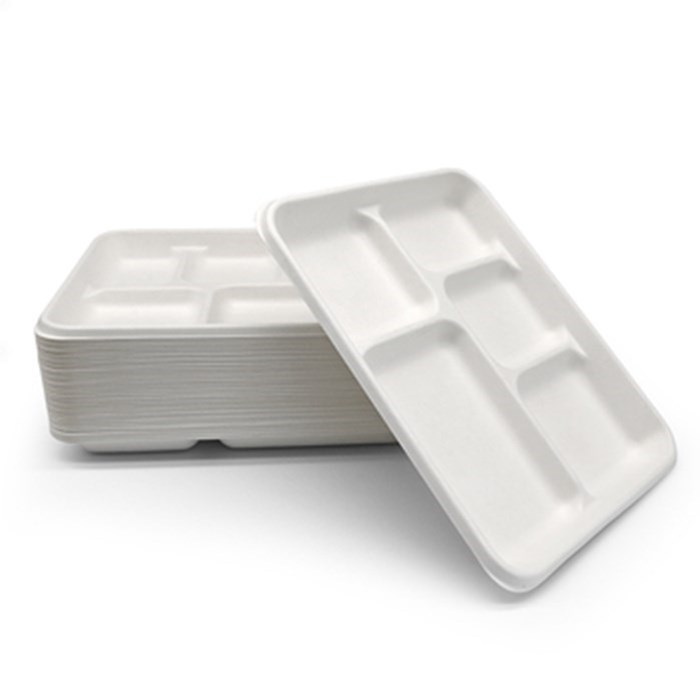According to a report released by Rabobank in March this year, the rise of energy, transportation and labor costs, as well as the impact of the conflict between Russia and Ukraine, will lead to the continued rise of food packaging prices in the next 12 months.
Paper packaging
The surge in e-commerce sales is another factor in the rise in paper packaging prices. Rabobank expects the energy cost of paper packaging to rise by 3.4% and the production cost to rise by 2.3% to 3.6%. During the Russian Ukrainian war, the price of corn soared, double that of two years ago. Corn starch is an important papermaking chemical in North America.
“We are not surprised by the double-digit increase in corrugated board prices in 2022 due to short-term capacity constraints and rising costs. However, the transformation and new construction projects expected to go online from 2023 provide sufficient supply. This will alleviate the inflationary pressure of food manufacturers over the years to some extent and may put pressure on the profit margins of corrugated paper manufacturers,” the report said
Plastic packaging
Covid-19 weather events, infrastructure crashes, new crown pneumonia and labor shortages have led to an increase in plastic packaging costs. In 2021, the price of major packaging resins, including poly pair pet, increased by 26 cents / pound, or 49%. In the first two months of this year, the price of pet in the region increased by 20 cents / pound, and the war between Russia and Ukraine continued to put pressure on pet prices.
Aluminum packaging
In the past two years, the sound of food packaging raw materials has increased continuously, including aluminum. Aluminum prices have risen by more than 40% in the past two years. Rabobank said the price of aluminum cans could be higher this year and there could be a supply shortage.
Glass packaging
Since 2021, glass prices have been almost “linked all the way”, and rising energy costs are also affecting the glass packaging supply chain.
The rise in glass prices has brought great pressure to upstream enterprises. Some glass bottle enterprises have chosen to digest themselves, but at the same time, some pressure has also been transmitted to wine enterprises and wine merchants. Rabobank expects that the wine supply will be tight in the next 12 months, especially for other breweries, distillers and fine brewers.
Post time: Apr-26-2022

